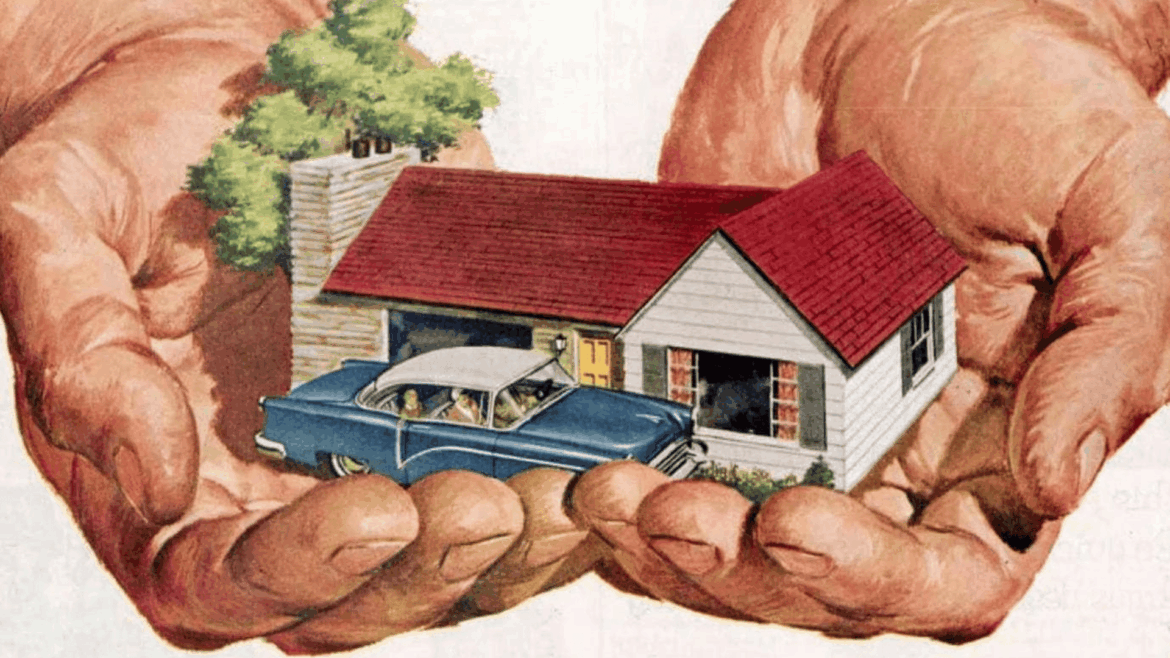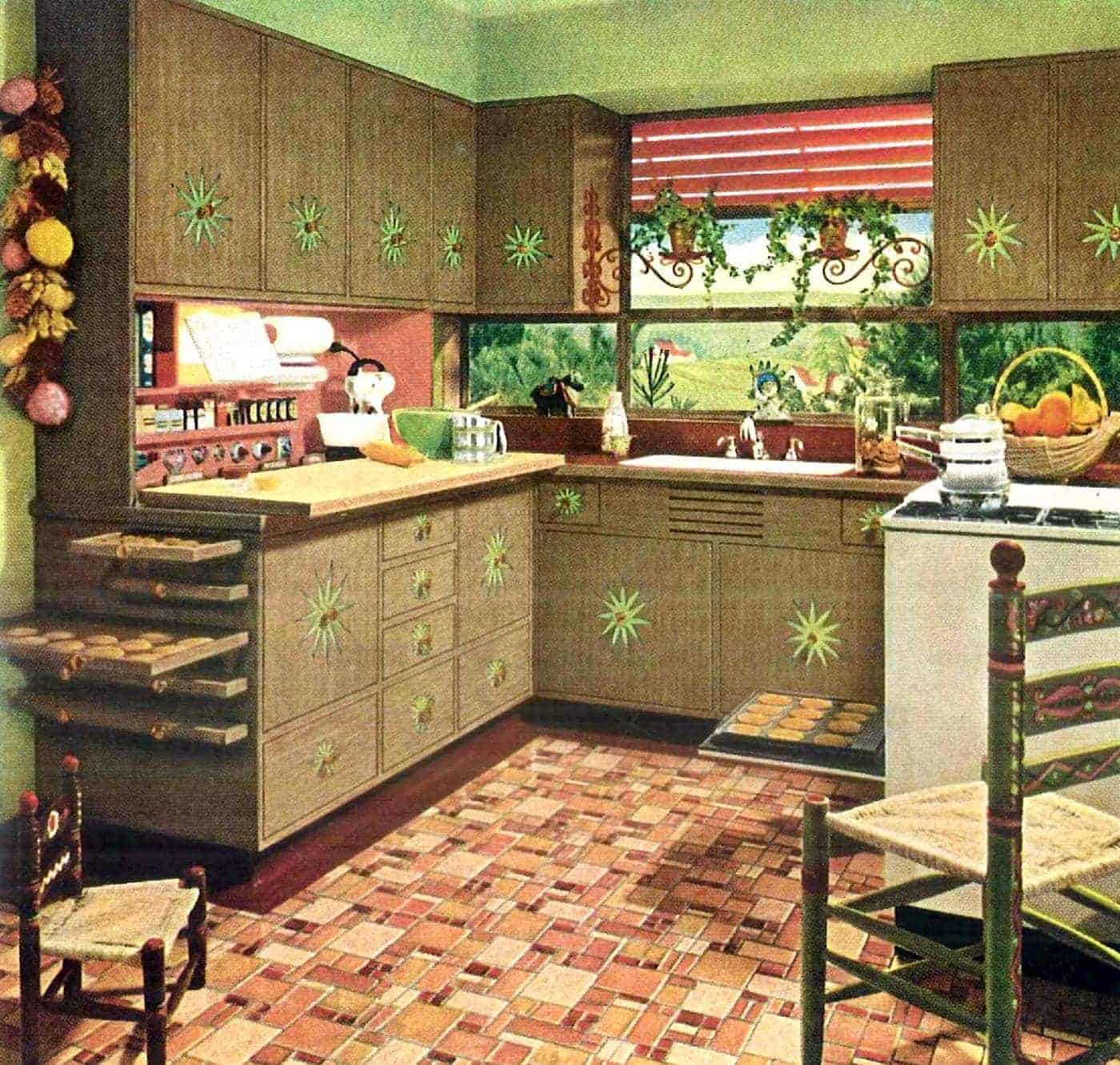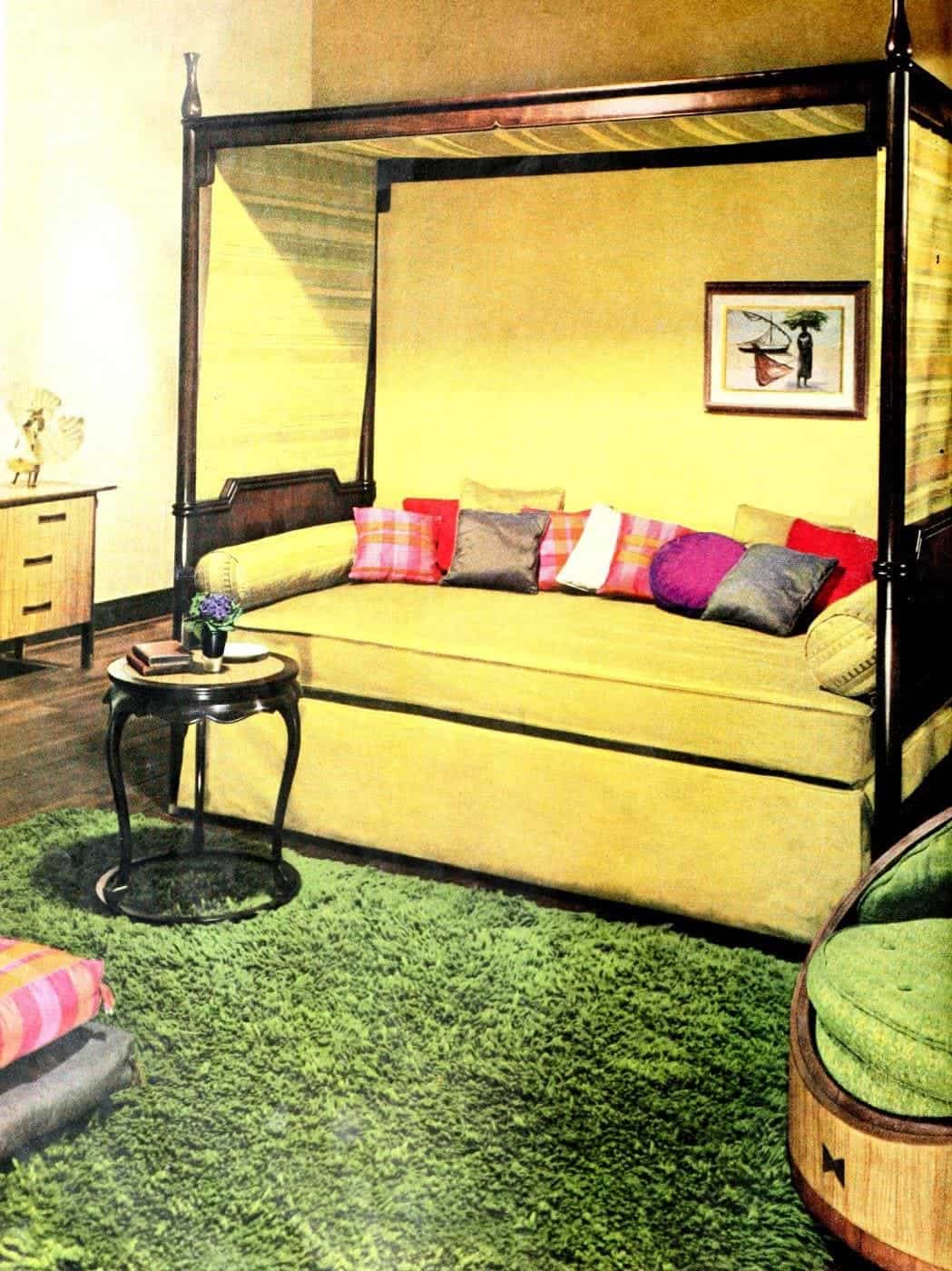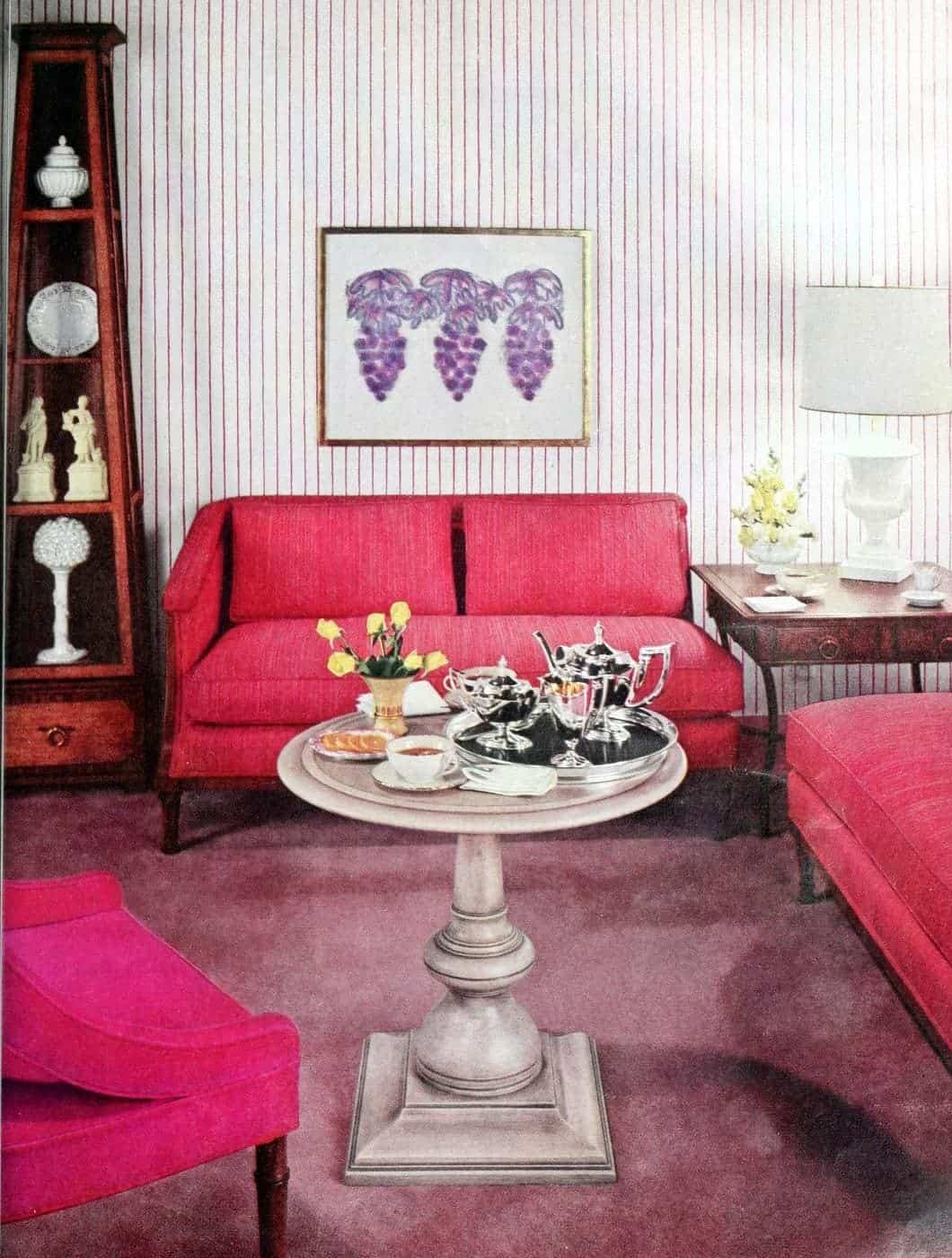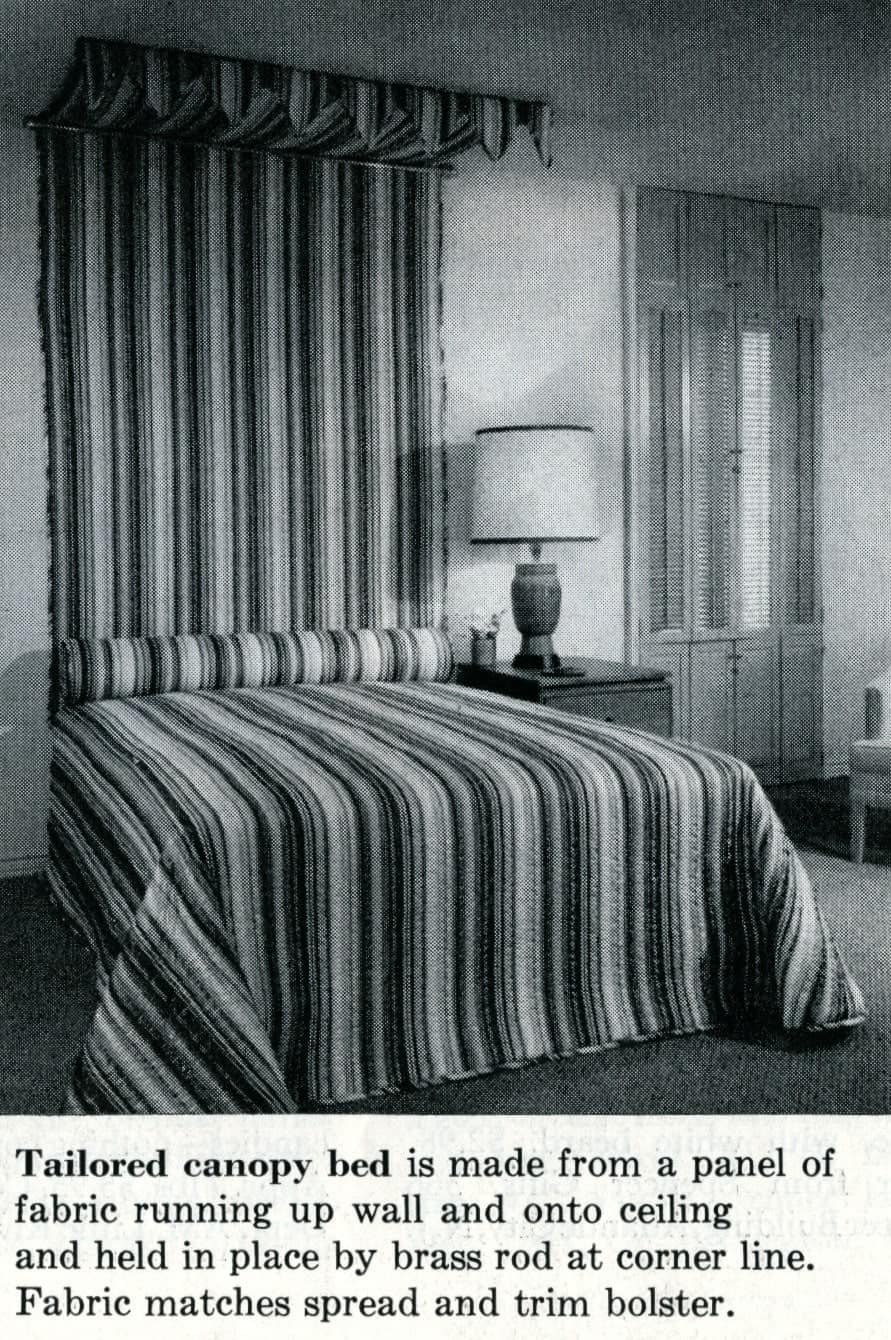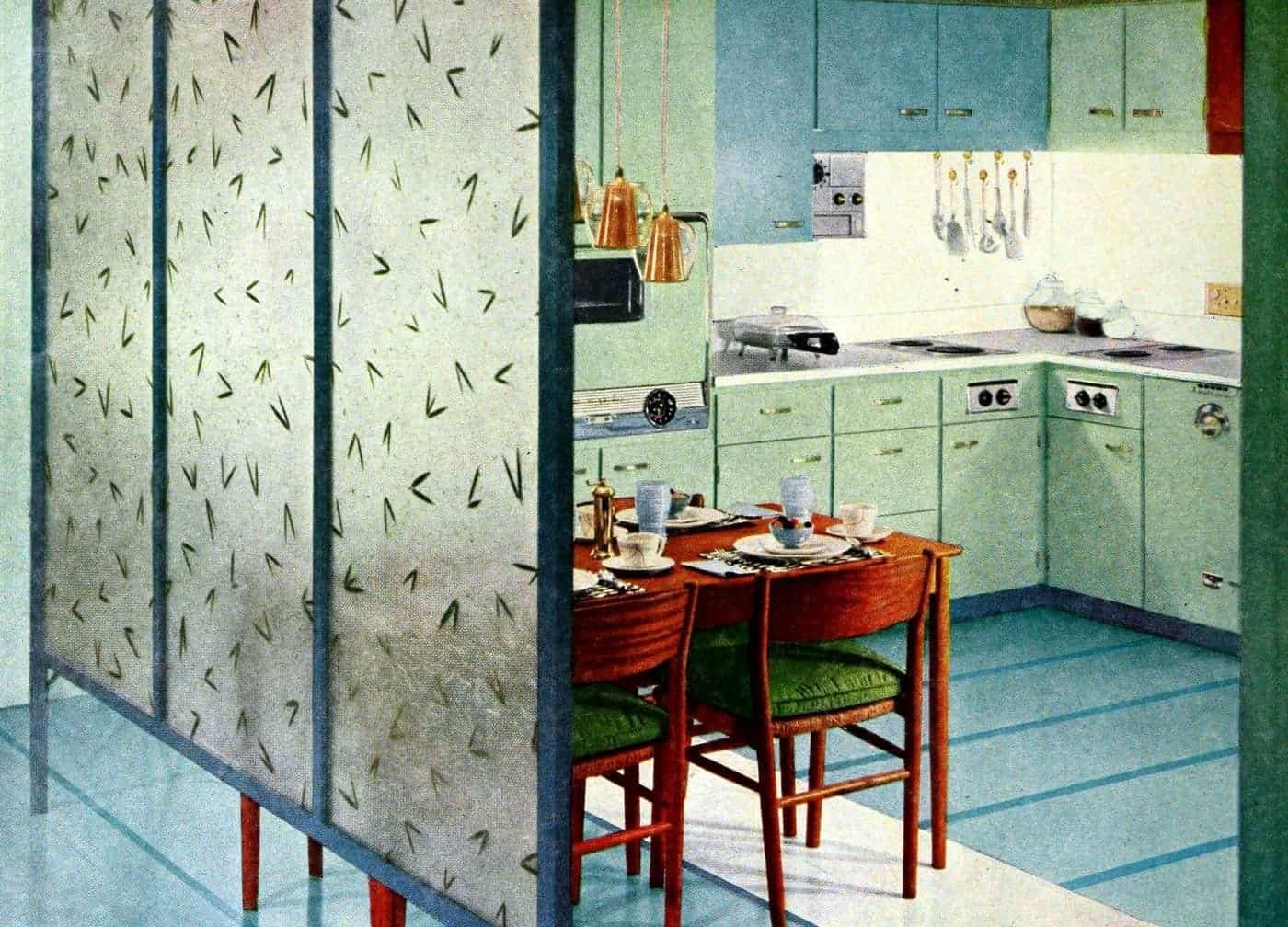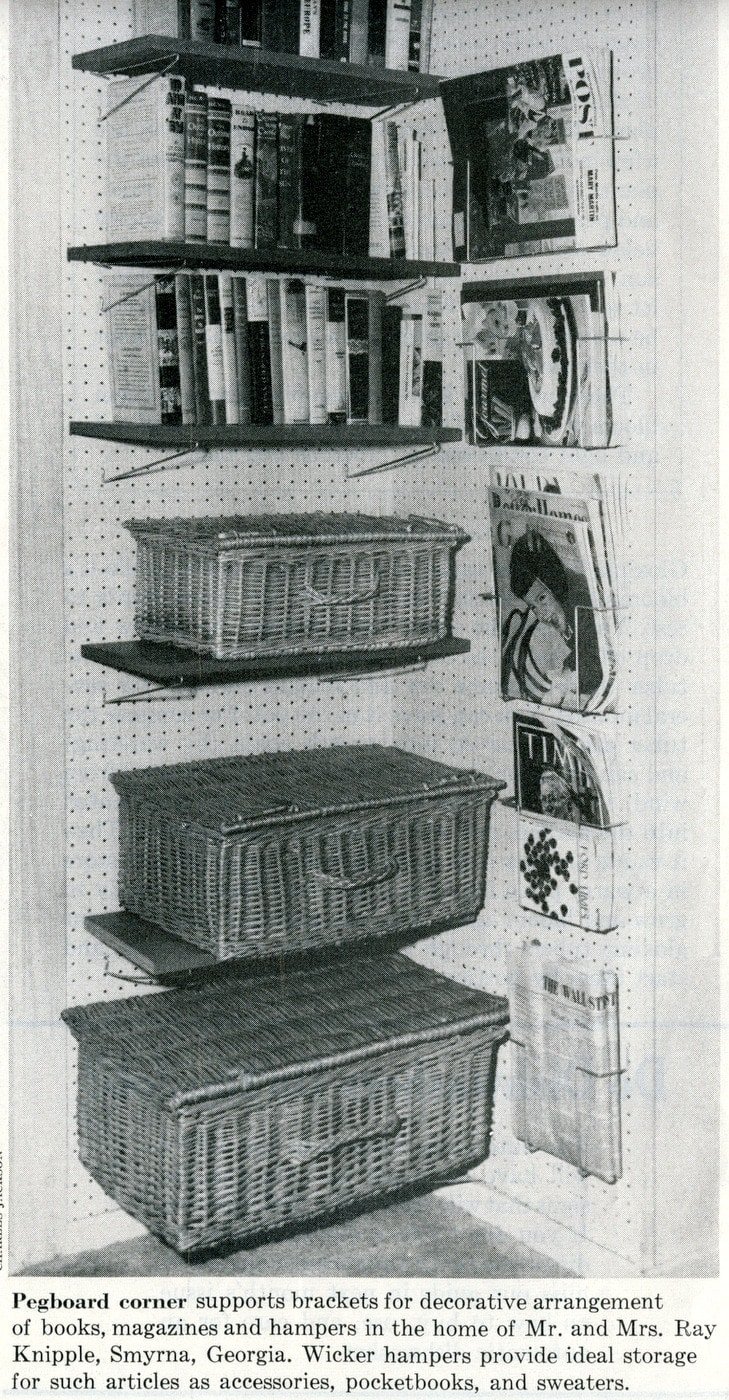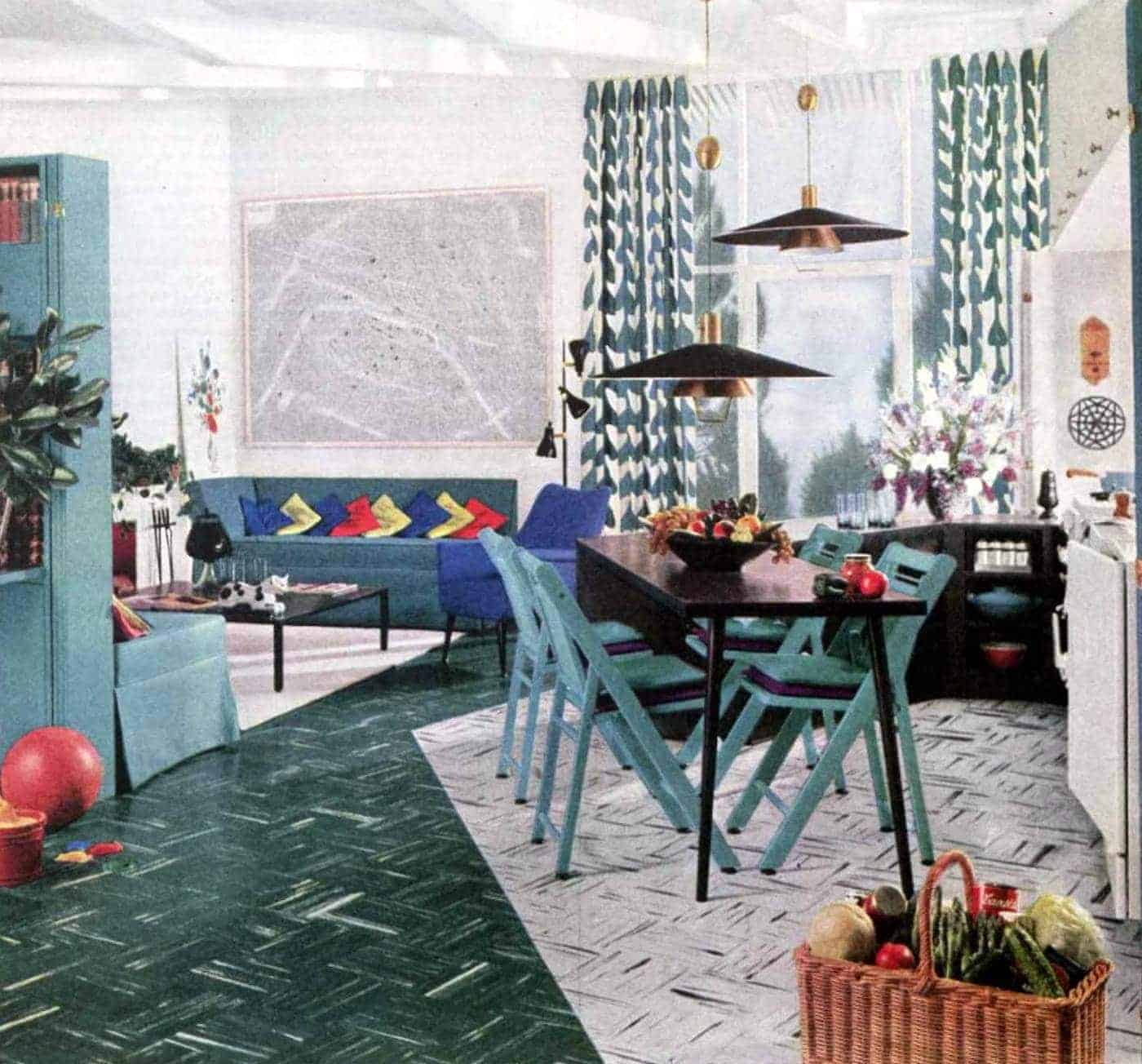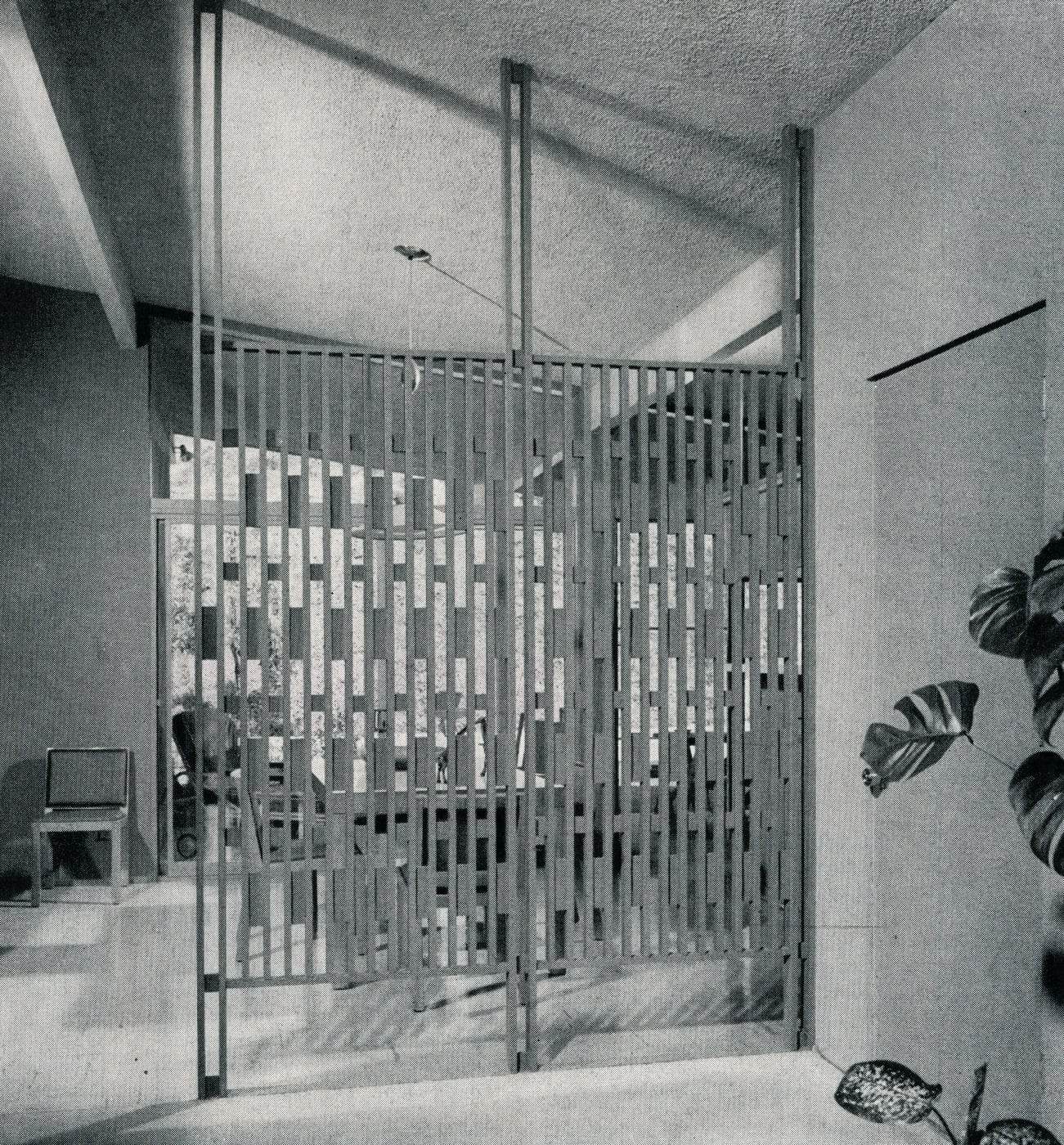The 1950s postwar housing boom moved many families to suburban homes that were modest in size.
Smaller homes birthed many clever interior ideas that created innovative solutions that many use even today.
From room dividers to multi-functional furniture, these ’50s small home ideas were very smart and became staples for modern interior designers as well.
1. The Expanding ’50s Kitchen for a Small Home
In the 1950s, kitchens weren’t just practical; they had to serve a purpose and make the most out of the space.
Homeowners embraced built-in cabinetry and innovative things such as foldaway tables that made the most of tight spaces.
Also, things like pull-out cutting boards let the kitchen grow only when needed, and we would tuck them away when we were done with them.
Vintage charm had to stay, but the efficiency was slowly becoming the norm.
2. Triple Duty Furniture for the Vintage ’50s Bedroom
Small homes were an inspiration for furniture that could multitask, and people loved it.
Headboards suddenly started being designed with built-in shelves, we saw the birth of storage ottomans, and vanities that doubled as desks.
Every piece had a purpose or even four.
These designs were not just smart; they had to be implemented for smaller homes to be livable and functional.
3. Compact Coffee Table in the Living Room
Coffee tables in the ’50s weren’t bulky centerpieces; they were modern, small, sleek, and almost invisible in living rooms.
Often on wheels or with glass tops, they were both futuristic and modern, and somehow felt much more luxurious.
They offered surface space enough for coffee cups without overwhelming the room.
4. ’50s Bedroom: No Room for a Full Canopy Bed?
A full canopy may have been too much for a small bedroom, but that gave designers more ideas.
Tailored canopies were made by running a matching fabric panel from the wall up to the ceiling.
Brass rods held everything in place, and all of this created a cozy, elegant focal point without the bulk and a busy look.
The fabric often matched the bedspread, and all of this tied the entire room together with subtle sophistication and innovative charm.
5. Translucent Screen Divider Between Kitchen and Family Room
Open concept wasn’t really popular yet in the ’50s, but flowing spaces started trending more and more, and this created a need for room dividers.
Translucent folding screens surely helped divide rooms without blocking the much-needed light or air.
They offered privacy when needed but still somehow connected the spaces and made everything look airy.
This was the first introduction of open layouts we love today, and rooms that are connected to each other without dividers are the norm today.
6. Space-Saving Small Home Decor: Pegboard Shelving
You probably remember pegboards being used for tools. Well, during the ’50s, designers decided to give it other purposes.
So, it wasn’t just for tools; it became a flexible vertical storage space, especially in kitchens and craft corners, which many moms loved.
If you needed to put away something that you could not find a place for, shelves, hooks, and even baskets could be added or moved with ease on a pegboard. And the cost was minimal, so this was seen all over the household back in the day.
It became the ultimate DIY-friendly solution for small space organization.
7. An Angled Dining Area in This Mid-Century Modern Home
The typical square dining areas became too space-consuming, so some 1950s homes embraced the beauty of the diagonal.
Angled dining nooks were perfect for awkward spaces, and they still made the whole space feel light and airy.
Designers would often add built-in banquettes or corner seating, creating a design that saved space while maximizing comfort.
This look was somehow uniquely modern and wonderfully functional.
8. Wood Grille Divider for Midcentury Small Home Decorating
As dividing separate spaces in open layouts became popular, wood grille dividers suddenly became a mid-century favorite for stylishly separating spaces.
These slatted or patterned panels were both fancy and functional, as they let light pass through while still defining a room.
They added charm and some definition without closing off the space. It was privacy mixed with stylish personality, a hallmark of retro home charm.
